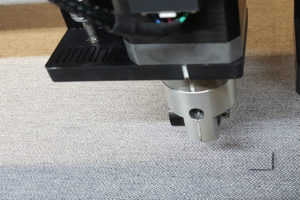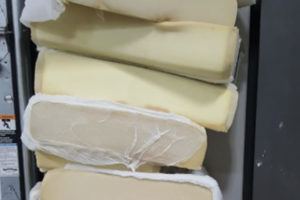 R-3 Solutions can help your commercial or medical facility meet green interior standards and earn LEED credit through material selection. Many of our reupholstery fabrics are certified with GreenGuard, which has established performance-based standards to define products and processes with low chemical and particle emissions for use indoors. The standards are primarily for building materials, finishes, interior furnishings, and furniture. The standards establish certification procedures including test methods, allowable emission levels, product sample collection and handling, testing type and frequency as well as program application processes, toxicity limits and acceptance.
R-3 Solutions can help your commercial or medical facility meet green interior standards and earn LEED credit through material selection. Many of our reupholstery fabrics are certified with GreenGuard, which has established performance-based standards to define products and processes with low chemical and particle emissions for use indoors. The standards are primarily for building materials, finishes, interior furnishings, and furniture. The standards establish certification procedures including test methods, allowable emission levels, product sample collection and handling, testing type and frequency as well as program application processes, toxicity limits and acceptance.
LEED credit is designated by the US Green Building Council, and can apply to indoor renovations, especially where R-3 Solutions is engaged in recycling the spent components. Reuse, materials with recycled content that meet GreenGuard standards, and localization of source all go toward acheivement of LEED credit. Read more from the US Green Building Council on Furniture and Medical Furnishing credit.
Read the rest of this entry »

 According to the “textbook” definition, antimicrobial fabrics and textiles are fiber-based substrates to which antimicrobial agents have been applied at the surface, or incorporated into the fibers, rendering a product that kills or inhibits the growth of microorganisms.
According to the “textbook” definition, antimicrobial fabrics and textiles are fiber-based substrates to which antimicrobial agents have been applied at the surface, or incorporated into the fibers, rendering a product that kills or inhibits the growth of microorganisms. 500 – 5,000 years! How Much Have You Thrown Away?
500 – 5,000 years! How Much Have You Thrown Away?